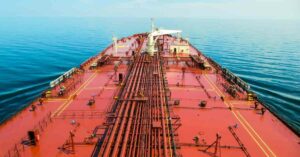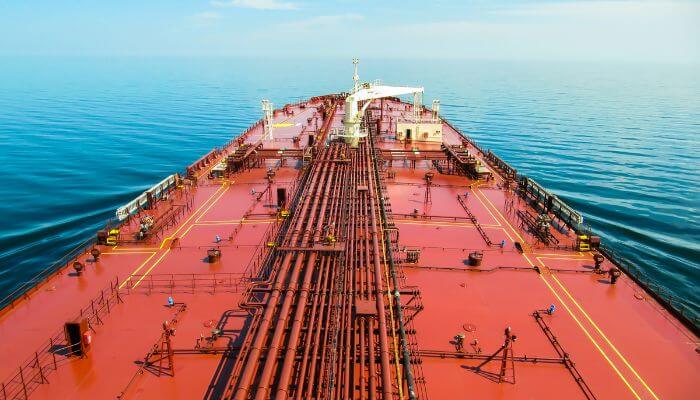
MAN Energy Solutions To Supply Most Powerful Medium-Speed Engine For A Dredger
January 11, 2024
High Winds & Strong Waves Lists Elevated Liftboat Causing $6.9 Million Damage
January 11, 2024
Oil imports from the U.S. Gulf Coast to Asia have become less profitable since the increase in very large crude carrier (VLCC) rates, reducing the opportunity for trading. According to traders, the cost of leasing a VLCC for the U.S. to Asia route has increased significantly from $8 million to about $10 million in just one week.
As a result, the difference in price between West Texas Intermediate and Dubai quotations for a barrel of oil has increased from about $2 to over $4 this week. As a result, WTI is currently selling for $1 more per barrel to be delivered to Asia than Murban.

Refiners in Asia will likely switch to Middle Eastern crude due to the termination of the U.S. crude oil arbitrage. Lower sales prices for February announced by Saudi Arabia might increase demand for Middle Eastern oil and stabilise prices in the area. The recent reservation of four VLCCs by South Korean shipowner Sinokor Merchant Marine for oil transportation from the United States to China has tightened the tanker market. These VLCCs have charter prices between $8.39 million and $9.7 million.
U.S. crude’s competitiveness in the Asian market has decreased due to the sudden increase in freight prices that caught market participants off guard. Therefore, certain refiners are expected to modify their loadings to accommodate more significant acquisitions of Middle Eastern and Saudi crudes.
Even though U.S. crude shipments reached a historic high in 2023, the current spike in freight costs will probably immediately affect volumes. Crude oil exports from the United States to Asia are changing due to the closing of the arbitrage window and changes in tanker market dynamics.
Reference: Marine Link
Increased VLCC Rates Impact US Oil Imports To Asia appeared first on Marine Insight – The Maritime Industry Guide
Source: Maritime Shipping News


